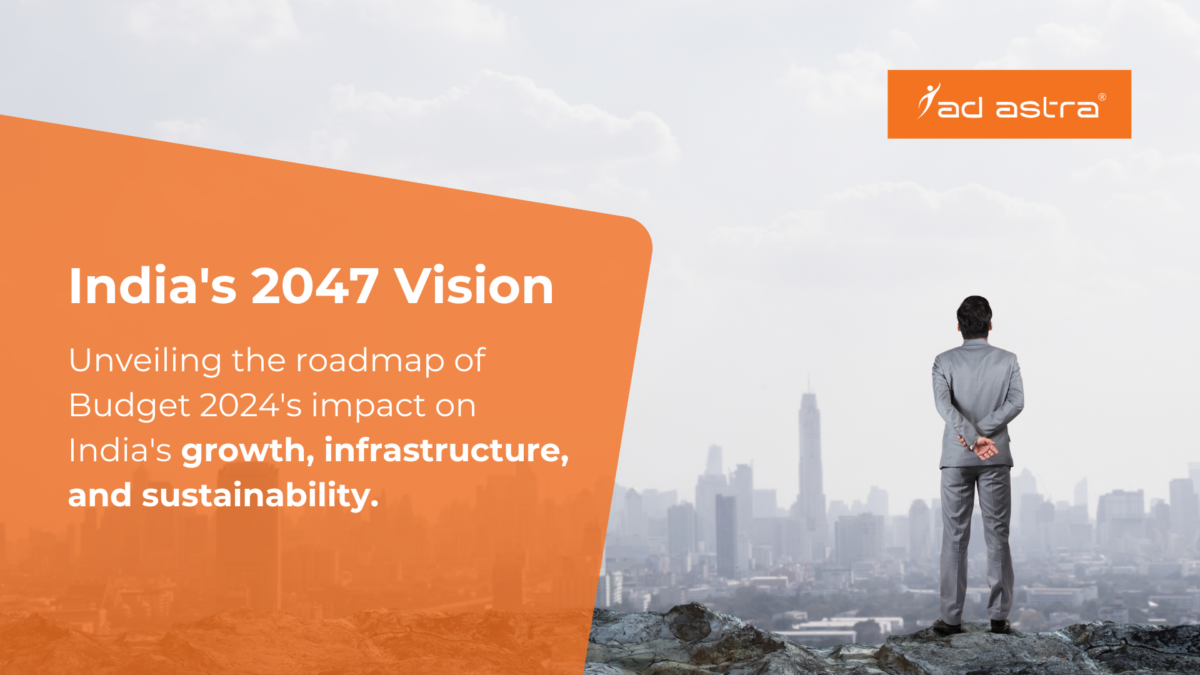In the dynamic landscape of India’s workforce, women returning to work after maternity leave face a unique set of challenges and opportunities. As India strides towards empowering its female workforce, understanding and supporting the transition from maternity leave back to the career ladder is crucial. This article explores the current landscape, policy support, and practical solutions to enable women to thrive professionally post-maternity.
The State of Maternity Returnees in the Indian Job Market
India is seeing a progressive shift in accommodating returning mothers in the workforce. With legal maternity rights extending up to 26 weeks of paid leave imposed by the Maternity Benefit Act, the foundation is set for supporting women’s career continuity. Additionally, returnship programs are gaining momentum, offering a bridge back to full-time work. Despite these advances, women encounter hurdles like limited opportunities and entrenched work cultures, exacerbated by the pandemic’s economic fallout. Nonetheless, flexible work policies and a growing recognition of women’s contributions are paving the way for a more inclusive job market.
Policies Aiding Women’s Post-Maternity Career Resurgence
The Indian government’s Maternity (Amendment) Bill, 2017, is a landmark step, enhancing maternity benefits and encouraging women to return to work after childbirth. Furthermore, initiatives like the Skill India Mission are instrumental in equipping women with the necessary skills and confidence. These policies are not mere formalities but essential tools in breaking down barriers and creating a supportive environment for women eager to resume their professional journeys.
Addressing the Post-Maternity Return to Work Challenges
Returning to work post-maternity is fraught with challenges, from skill gaps to workplace integration. However, the solution lies in a multifaceted approach: upskilling programs during career breaks, supportive returnship initiatives, and a corporate culture that values flexibility and inclusivity. Employers play a pivotal role in facilitating this transition, offering phased returns and ensuring a supportive environment for new mothers.
By addressing these key areas, India can create a more supportive ecosystem for women returning to work after maternity leave, enabling them to climb the career ladder with confidence and success.
Triumphs of Tenacity
Inspiration can be drawn from numerous women across India who have successfully navigated the transition back to their careers post-maternity. These women have leveraged returnship programs, embraced continuous learning, and utilized networking to regain their professional standing. For instance, many have found success by being open about their career gaps, focusing on their enhanced skills, and the unique perspectives they bring as working mothers. Such stories not only motivate but also shed light on the effective strategies that can be employed to overcome common hurdles, demonstrating that with the right support and determination, career advancement post-baby is very much attainable.
Expert Guidance for Maternity Returnees
HR professionals and career coaches provide a wealth of advice for women looking to advance their careers after a maternity break. They emphasize the importance of not quitting the job but rather negotiating maternity benefits and a flexible return. Preparation for multitasking and reevaluating career paths during the break can provide new directions and opportunities. Engaging in continuous learning, seeking mentorship, and maintaining professional networks are also key strategies recommended by experts. Moreover, embracing the career gap and transparently communicating with employers about the need for flexibility or part-time arrangements can lead to more successful reintegration into the workforce.
Shaping a Supportive Future for Post-Maternity Career Paths
The journey from maternity leave back to the career ladder in India is evolving, with more supportive policies, inspiring success stories, and expert advice guiding the way. Women returning to work post-maternity in India today have more resources and support than ever to help them navigate this transition. While challenges remain, the collective efforts of individuals, organisations, and policymakers are creating a more enabling environment for women to resume their careers and aspire for growth post-baby. As society continues to shift towards more inclusive work cultures, the path for returning mothers will become smoother, fostering a workforce that is diverse, resilient, and vibrant.





